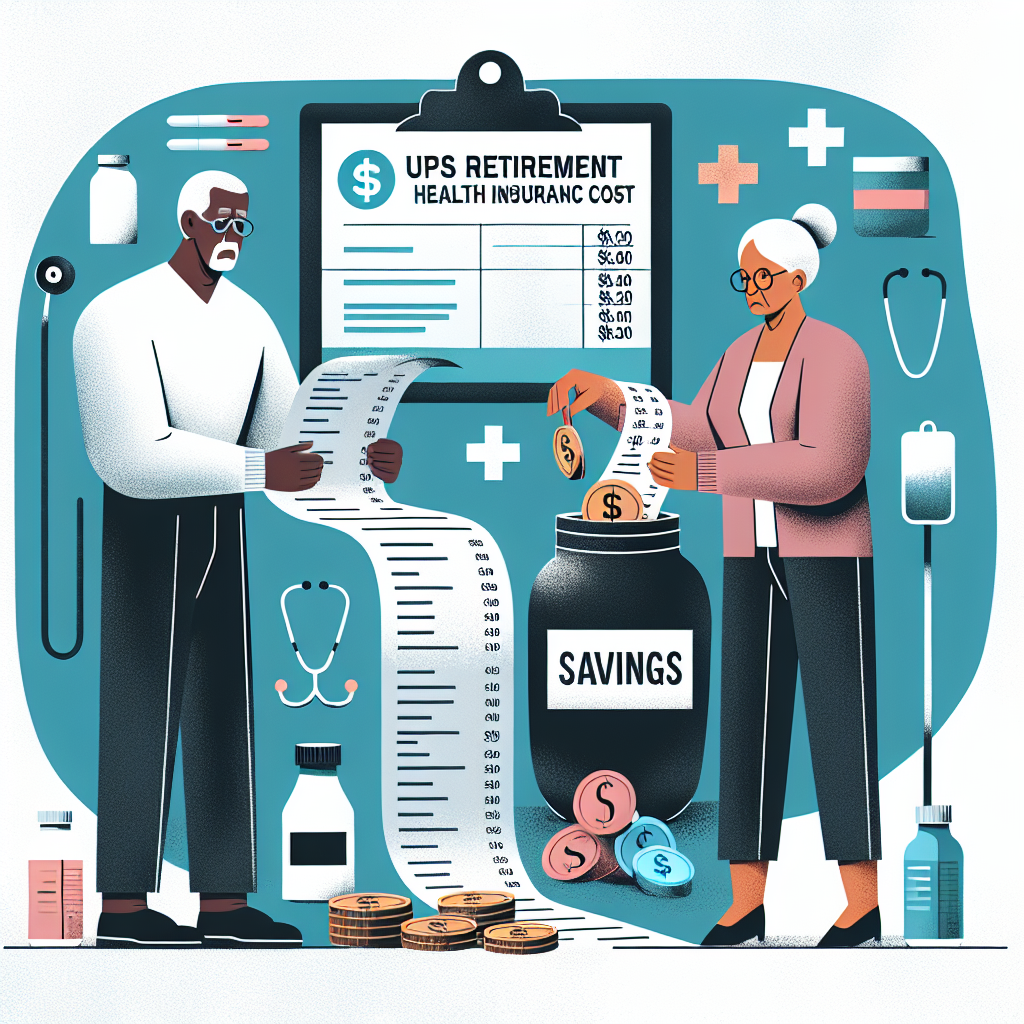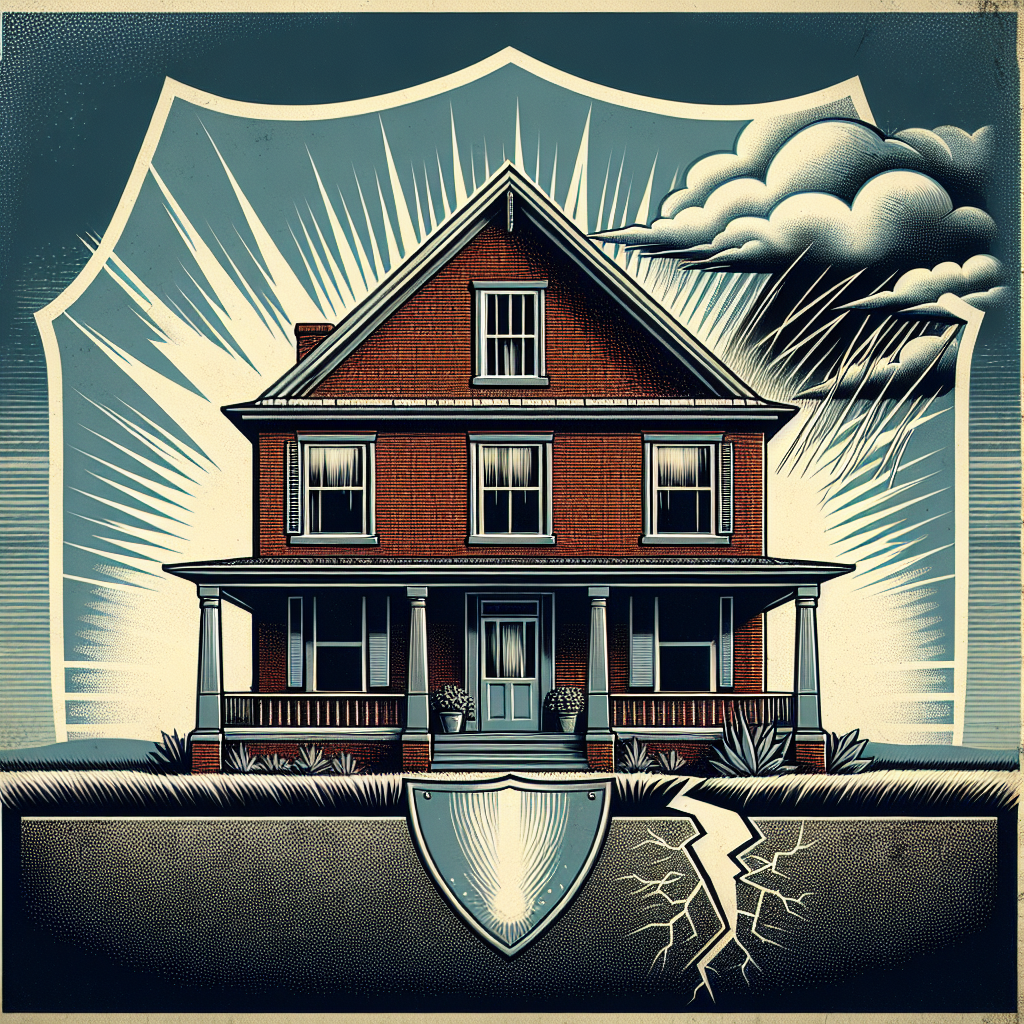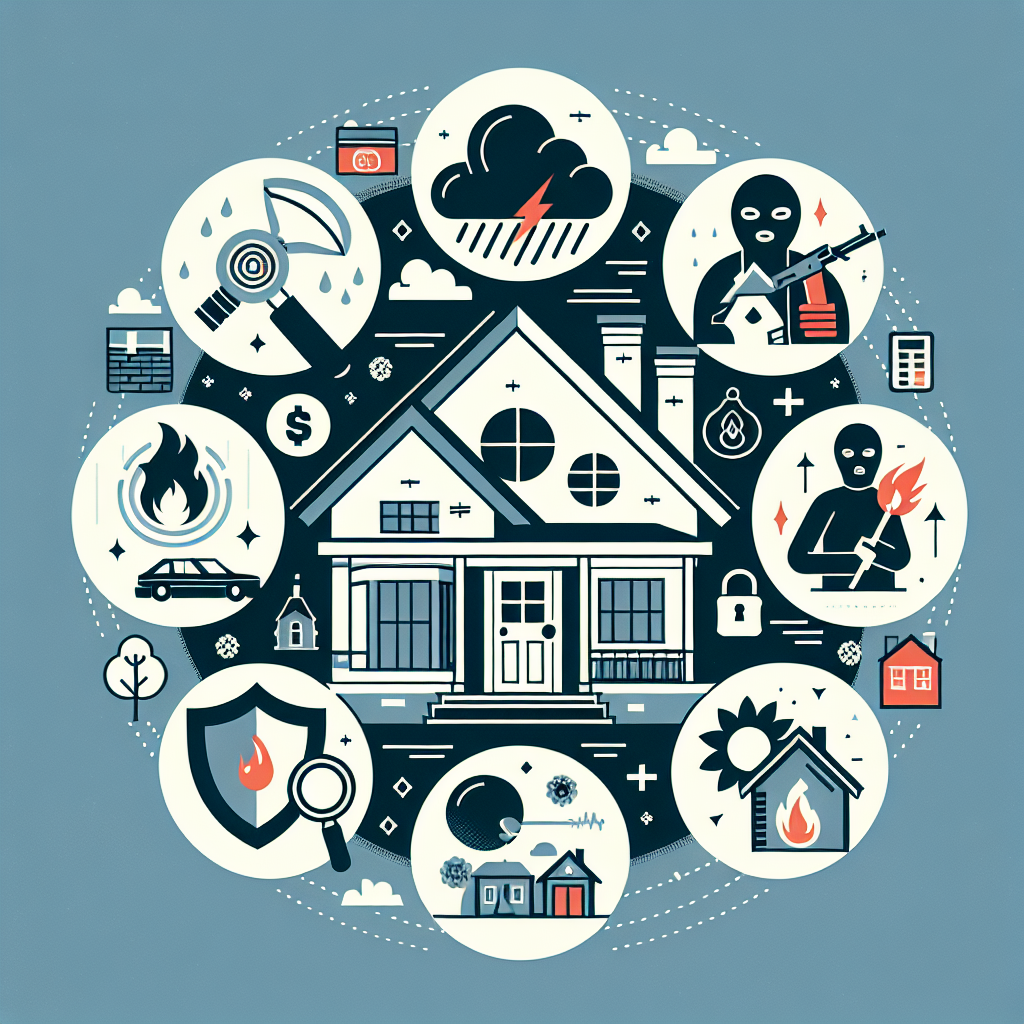Filed under Home Insurance on
Essential Home Insurance Coverage: What Do You Need?

Home insurance is a vital component of financial security for homeowners, safeguarding against unforeseen events that can result in costly repairs or losses. Proper coverage ensures that you will not be left out of pocket should anything go awry. With a plethora of options available, it's crucial to understand the essential home insurance coverage you need to keep your most significant investment secure. This guide seeks to unravel the complexities of home insurance, offering insights into what coverage you should prioritize.
Understanding Basic Home Insurance Coverage
At its core, home insurance is designed to protect both your dwelling and personal belongings while also providing liability coverage. Policies can be tailored with different coverage levels depending on your needs and financial situation.
Dwelling Coverage
Dwelling insurance covers the structure of your home, including walls, roof, and built-in appliances, against damage caused by perils such as fire, windstorms, or vandalism. Ensuring your dwelling coverage is adequately assessed to the actual rebuilding cost of your home is crucial. Industry experts often suggest acquiring "replacement cost" rather than "actual cash value" coverage to avoid depreciation issues.
Personal Property Coverage
This form of coverage protects your personal belongings, such as furniture, electronics, clothing, and more, from unforeseen events like theft or damage. Make sure to take inventory of your possessions to estimate the necessary coverage amount accurately.
Liability Protection
Liability coverage shields you from potential lawsuits due to injury or damage occurring on your property. This essential coverage ensures peace of mind should you face legal claims or medical expenses resulting from an accident.
Additional Home Insurance Options to Consider
While the basic coverage forms a crucial foundation, several additional options provide enhanced protection tailored to specific needs. Here are some add-ons you might want to contemplate:
Flood Insurance
Standard home insurance policies do not cover flood damages. Depending on your geographical location, you may need additional flood insurance. Recent industry trends suggest an uptick in flooding incidents, emphasized by climate change experts who predict further increases. Consider checking the Federal Emergency Management Agency (FEMA) maps to assess your risk level.
Earthquake Insurance
For homeowners in seismic zones, earthquake insurance is a must-have supplement. Traditional policies typically exclude seismic activities, and given the unpredictability of earthquakes, safeguarding your home with this add-on could be invaluable.
Umbrella Insurance
Providing added liability coverage, umbrella insurance kicks in when your standard liability limits are exhausted. This is particularly useful for individuals with substantial assets or those involved in higher-risk activities.
Factors Influencing Your Home Insurance Premiums
Multiple variables contribute to the cost of your home insurance. Understanding these factors enables you to make informed decisions that can impact your premium rates positively.
Location
Proximity to risk factors, such as coastlines, flood zones, or areas prone to wildfires, influences your insurance premiums. Moreover, neighborhood crime rates and access to fire protection services also play a significant role.
Home Characteristics
The age, size, and construction materials of your home affect the coverage costs. Modern, fire-resistant materials may qualify you for discounts, while older homes might incur higher rates due to potentially expensive repairs.
Deductible and Coverage Amounts
A higher deductible often results in lower premium costs, as it indicates a greater out-of-pocket expense before the insurer pays for a claim. Striking the right balance between deductible levels and coverage amounts is crucial.
Expert Tips for Optimizing Your Home Insurance
- Conduct an Annual Review: Revisit and reassess your policy yearly to ensure its alignment with your current needs and asset values.
- Explore Discounts: Many insurers offer discounts for bundled policies, home safety features, or loyalty, providing avenues for potential savings.
- Choose a Reliable Provider: Research companies' reputations, checking reviews and ratings from bodies such as J.D. Power or A.M. Best to ensure financial stability and customer satisfaction.
- Document Everything: Maintain an updated inventory of your belongings and keep financial records of major property features to simplify claim processes.
The Importance of Choosing the Right Policy
The array of choices available in home insurance can be overwhelming, but the consequences of inadequate coverage can be substantial. By understanding your needs and being well-versed in coverage options, you can secure a policy that adequately guards against potential risks.
An ideal home insurance policy offers peace of mind and financial stability, allowing you to enjoy your property without fearing unforeseen adversities. As insurance needs vary, it's wise to seek expert advice and conduct thorough research to tailor the policy to your circumstances effectively.
In conclusion, essential home insurance coverage is not merely a formality but a crucial financial safeguard. With informed decisions on dwelling and personal property coverage and additional options like flood or earthquake insurance, you can protect your major assets against life's uncertainties. Regular policy reviews and optimization strategies will further ensure that your coverage adapts to evolving risks and personal changes, providing you with ongoing protection and peace of mind.





